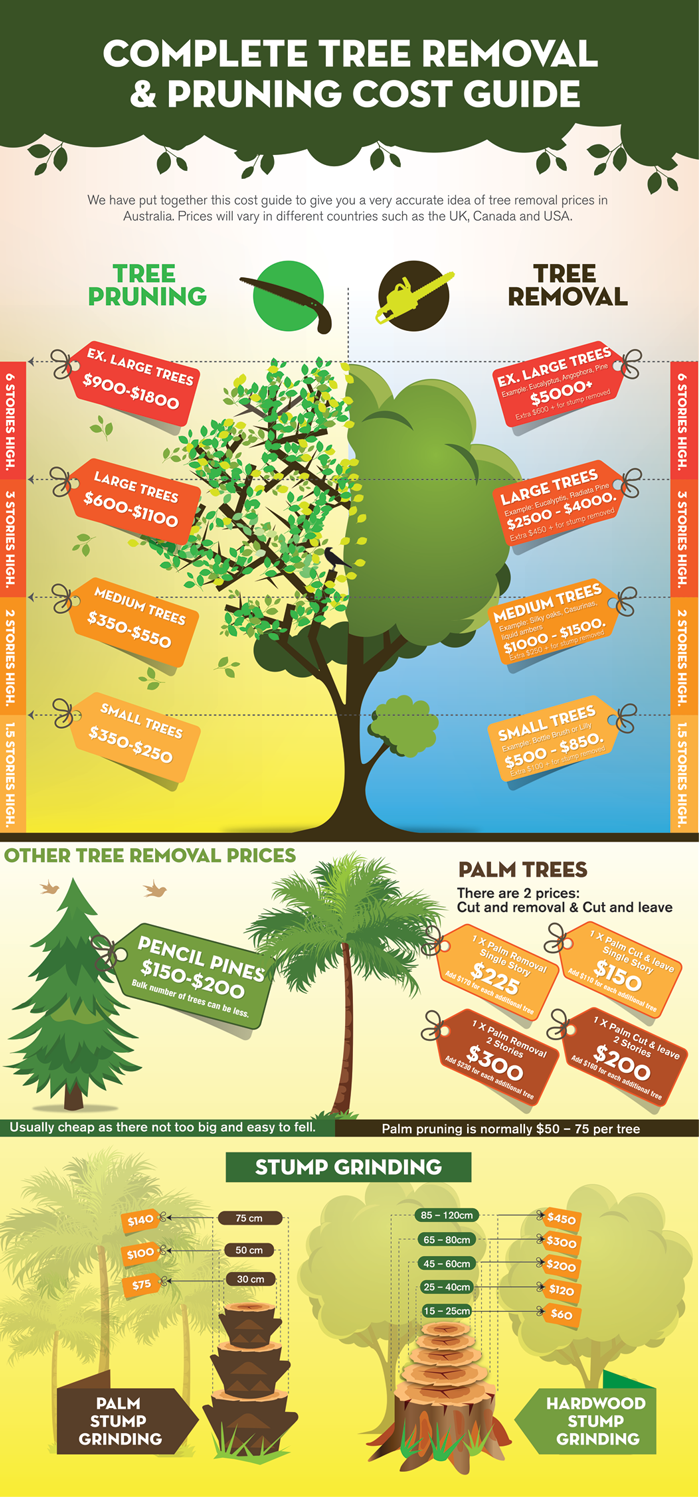Protecting Your Landscape: Replanting After Tree Removal
Protecting Your Landscape: Replanting After Tree Removal
Blog Article
click for more info Written By-Thorup Adams
Tree elimination can leave a gap in your landscape that requires dental filling. You can grow something new in that room, but it takes added treatment and attention at the beginning to help it prosper.
linked webpage in that area will certainly maintain altering with time as microorganisms break down the old roots. That can impact the nutrient equilibrium and physical area for brand-new growth.
Dirt
The soil in a story where a tree has been gotten rid of is likely to be extremely various from the remainder of your yard or yard. The origins of the old tree and the stump will have altered the dirt, getting rid of some nutrients and perhaps crowding out various other plants. On top of that, if the previous tree was unhealthy, the infectious agent may still remain in the ground.
The presence of roots cultivates an abundant and diverse community of soil microbes that improves necessary processes like nutrient cycling and raw material disintegration. Without these bacteria, the displaced soil can end up being less abundant and nutrient-depleted, with a negative effect on plant growth.
Prior to replanting, the dirt needs to be eliminated of particles and organic product (such as timber chips from stump grinding). You may want to mix in potting soil or indigenous dirt with this garden compost to give your new planting with a setting that is well balanced and packed with nutrients.
Water
Tree roots soak up big amounts of water from the soil. This procedure likewise includes nutrients back to the soil, specifically nitrogen, which is necessary for brand-new trees and plants. Unfortunately, old dirt can be diminished of these vital minerals due to the worn out origins and stump from an eliminated tree.
This is why it is very important to have a plan for the future of your landscape. Preferably, the best time to plant is when you have a clean slate.
Whether you're planting turf or blossoms, see to it to use a soaker hose to stay clear of overwatering your brand-new landscaping. If the area was a yard, make sure to cover the dirt with natural compost to help maintain moisture in the soil, control dirt temperatures and subdue weeds. This additionally gives a layer of defense for young plants and advertises worm activity. After that, routinely replenish the compost to continue enhancing the dirt nutrient thickness and microbial life. This is referred to as dirt reconstruction.
Light
Trees are a great addition to any landscape, giving color, aesthetic pulchritude, and numerous other benefits. Nevertheless, occasionally trees end up being unpleasant because of a variety of reasons, including illness, bug invasions and natural aging.
In such instances, it might be essential to get rid of a tree. It's important to consider the worth of a certain tree in your landscaping and take the appropriate steps to guarantee that the removal is done securely and successfully.
Throughout the late summer, it's an excellent time to carry out maintenance and evaluations on existing trees. Seek signs of disease, insect invasions, or structural damage, along with any prospective hazards such as weakened or leaning trees.
Before starting any building jobs, be sure to shield the root areas of existing trees by preventing soil compaction and rating around them. Organic matter, as it breaks down, can produce toxic gases that are detrimental to the roots of a tree. It's additionally an excellent idea to mulch the location around a tree after building and construction has actually completed to conserve moisture and reduce weed growth.
Temperature level
Trees are necessary to a landscape for their visual appeal, but they additionally play an essential duty in the local ecosystem by supplying shade and windbreaks. They sustain wildlife habitats and reduce the amount of carbon dioxide in the air, which can contribute to worldwide warming. This is why it is advisable to replant trees after eliminating one from the home.
When replanting a brand-new tree in the location of a previous stump, the soil might not have sufficient nutrients to sustain it. It is best to wait for a year before planting to make certain that the soil will be abundant in nutrients.
To make sure that replanted trees thrive, it is important to provide them with appropriate treatment. A layer of mulch will maintain soil wetness from evaporating, control soil temperature, and assistance reduce weeds. Organic compost is the favored choice due to the fact that it enhances soil fertility. Ongoing fertilizing and parasite control are also important for replanted trees.